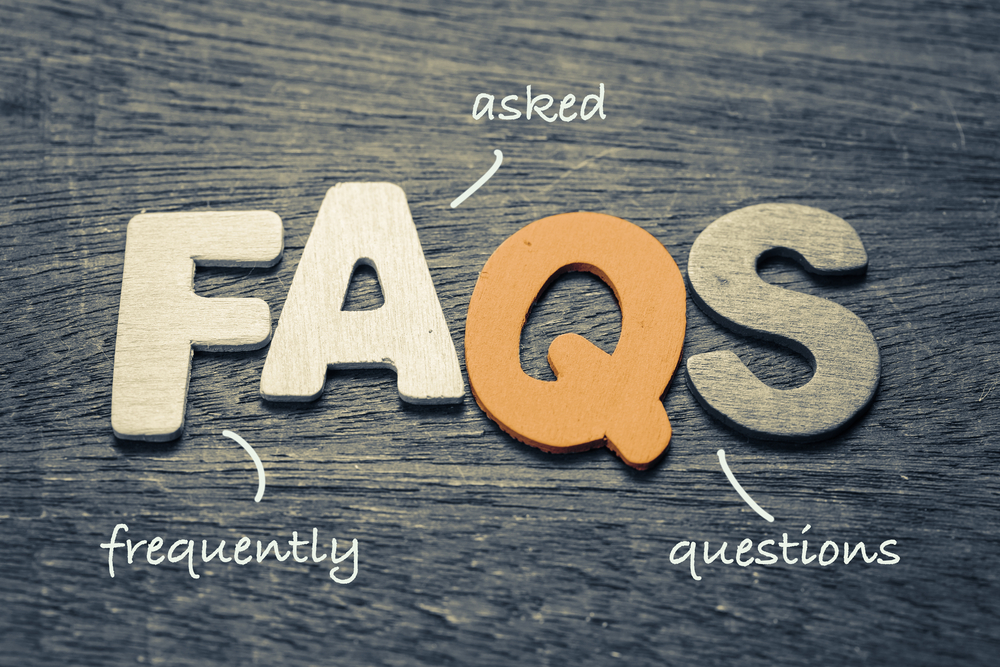Many of the conventional exterior finishing system such as one coat plastering and two coat systems can be used over AAC Blocks as an exterior finish. Other options such as stucco, acrylic finishes, brick, stone, siding, or approved paints can also be used. On the inside of the building, AAC Block may be directly finished with Gypsum boards sheetrock, plaster, stucco, wood panel or tiles.
